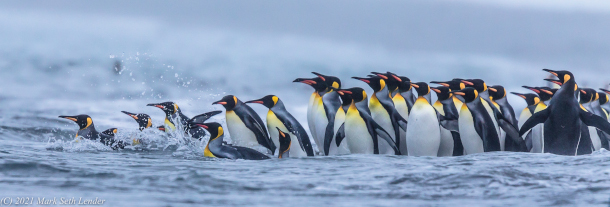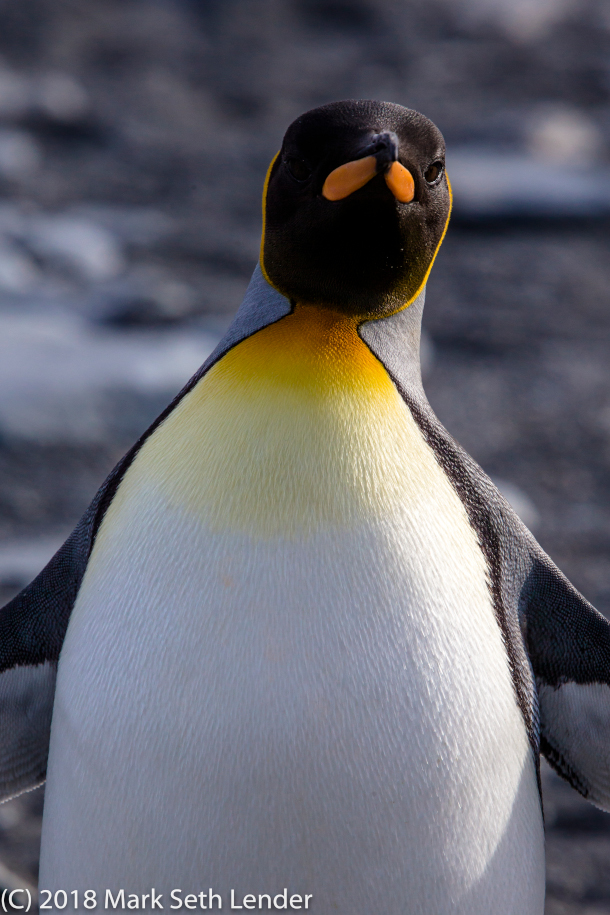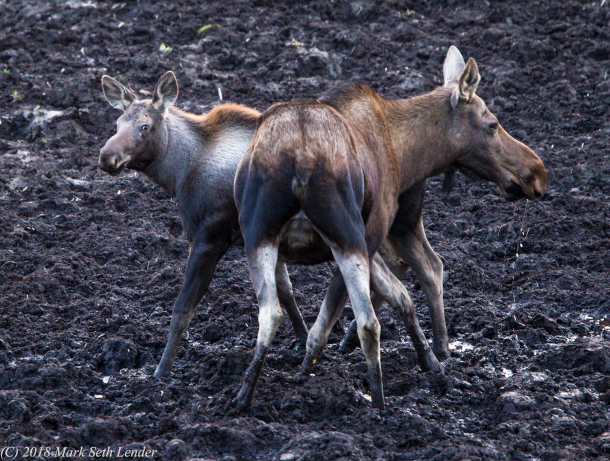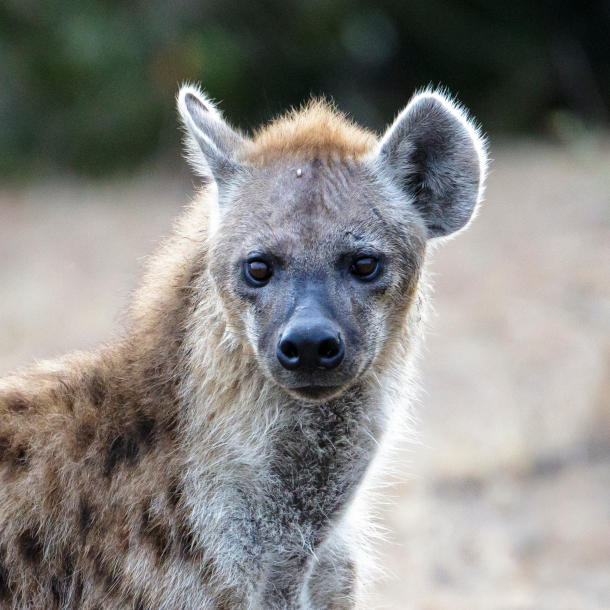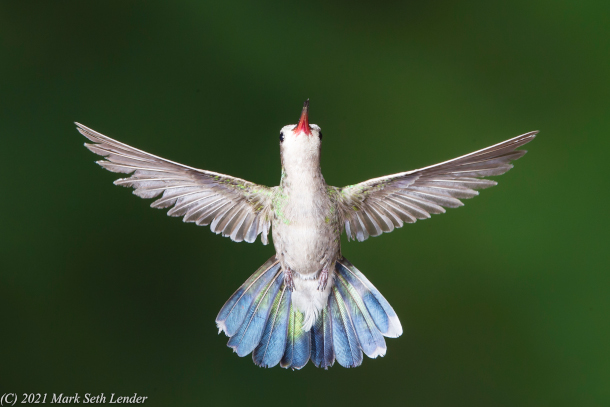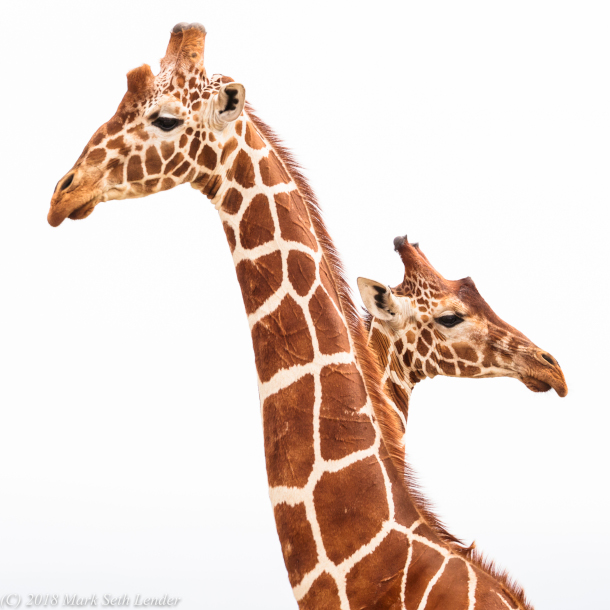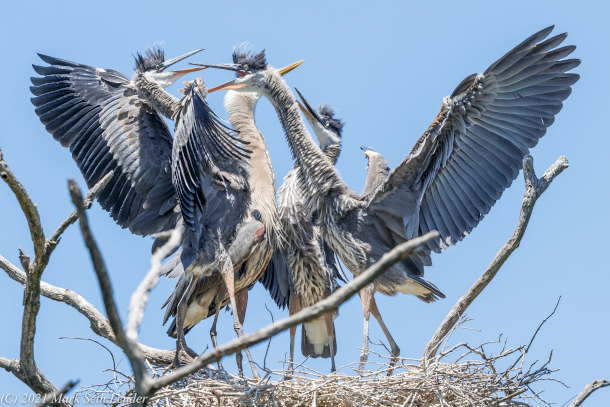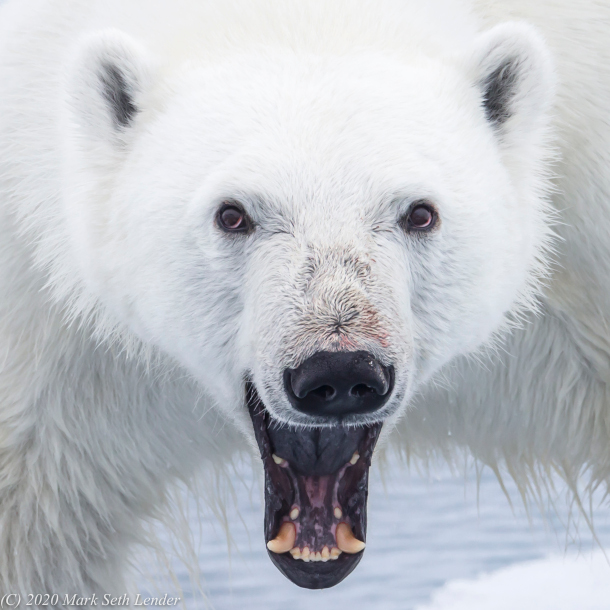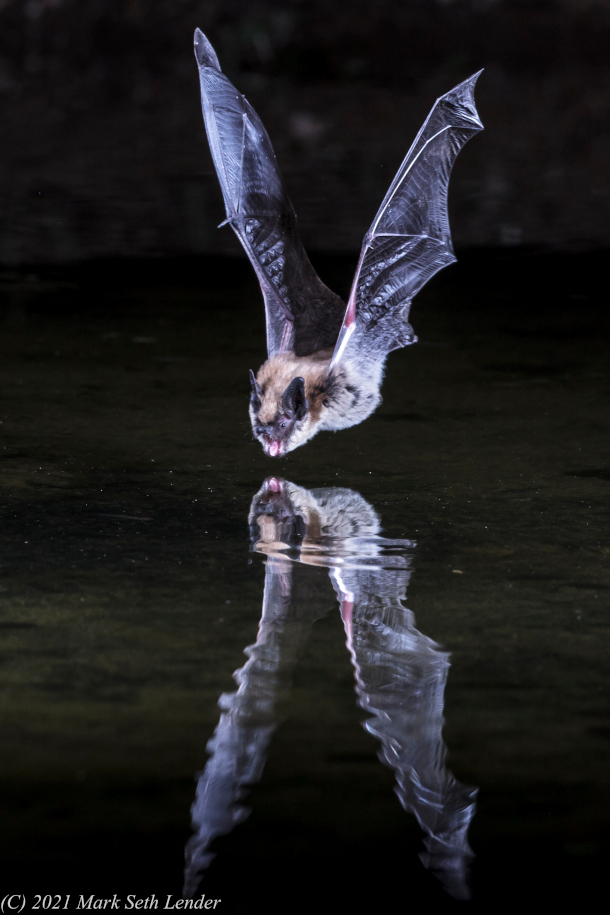Audio Postcard: Sounds of São Paulo, Brazil
Air Date: Week of June 29, 2018
São Paulo, Brazil is a sprawling megalopolis that supports a variety of life, from the urban to the tropical. Living on Earth’s Savannah Christiansen brought back this audio postcard from Latin America’s largest city.
Transcript
CHRISTIANSEN: Hey Steve so before we go, I recently took a trip to Brazil and I brought back an audio postcard I’d like to share.
CURWOOD: Oh? Where did you go?
CHRISTIANSEN: I was in São Paulo, which is this amazing tropical megalopolis on the southern side of the country. It’s Latin America’s largest city, and has buildings flowing out to the horizon as far as you can see. And I was also struck by the wonderful mix of life going on.
CURWOOD: Sounds good!
CHRISTIANSEN: Here, why don’t you take a listen.
[SOUNDS OF BIRDSONG]
CHRISTIANSEN: It may be a sprawling and industrial city, but wherever you are in São Paulo, Brazil, you can’t escape the sound of birds. In this density, each building echoes with the sound of their calls.
[SOUNDS OF BIRDCALLS]
CHRISTIANSEN: Then there is the rain, a daily occurrence here in the summer. While the Paulistanos enjoy walking the wide streets and vendors display their goods around the city’s most famous avenue, Avenida Paulista, everyone is ready to dash for refuge when the rain starts.
[SOUNDS OF RAIN, TRAFFIC, CROWD CHATTER]
CHRISTIANSEN: Standing here, with the rain pouring down, it’s hard to believe that this city, in the world’s most water-rich country, is threatened by drought.
[SOUNDS OF RAINFALL]
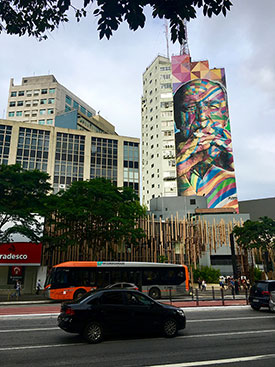
A mural tribute by Eduardo Kobra to Brazilian architect Oscar Niemeyer hangs above Avenida Paulista. (Photo: Savannah Christiansen)
CHRISTIANSEN: But as a visitor, I was struck by the easy connections between the city’s architecture and the presence of nature. As they say here, it’s as if the buildings were trees, and the people ants. Everything in this ecosystem moves together in a loud hum, each structure vibrating with a blend of tropical and urban noise. It’s remarkably noticeable at the daily markets, or feiras, where locals haggle over fish, meat and an abundance of fruit.
[SOUNDS OF CHATTER AT A MARKET]
PERSON 1: Opa tudo bom?
PERSON 2: Tudo bem?
PERSON 1: Tudo certo
PERSON 2: E aí
PERSON 1: Ae mano,
PERSON 2: Beleza
PERSON 1: Opa tranquilo
VENDORS: Laranja!
CHRISTIANSEN: When the rain breaks, it’s an easy walk to Ibirapuera Park, a small splash of green among the endless buildings for the city’s 13 million inhabitants. But the space is actually quite massive, one of the largest urban parks in Latin America, dotted with 70s-era architecture by Oscar Niemeyer and with kids whizzing by on skateboards and rollerblades.
[SOUNDS OF CHILDREN, BICYCLES, SKATEBOARDS]
CHRISTIANSEN: The wide, grassy fields are inviting for parents to kick a soccer ball around with their children and for kids to gather and play in large groups.
[KIDS SHOUTING]
CHRISTIANSEN: Back in the city, there are many coffee shops along the avenidas -- and since many Brazilians drink a cafezinho, or a small espresso, after each meal, the cafes are busy throughout the day.
[SOUNDS OF A COFFEE SHOP, CUPS CLINKING]
PERSON 1: Um café? Moço, um café com açúcar favor? Obrigado.
PERSON 2: Eu queria um espresso com leite. Não, pra mim um café só com espuma por favor.]
[SOUNDS OF RUNNING WATER, CICADAS BUZZING]
CHRISTIANSEN: Coffee seems to flow just as much as the water does. Brazil remains the world’s largest coffee producer even though it’s been almost a couple hundred years since it was first planted in the Americas. In fact, it was coffee farms that spurred São Paulo’s growth in the first place. Following the Tietê river all the way out from the city to the countryside, you can still see some of those earliest farms out in the hills. Not so far from the last lines of urban sprawl, the cicadas become so loud, they drown out almost everything else.
[CICADAS BUZZING]
CHRISTIANSEN: But every once in a while their buzzing is pierced by the calls of a bird flying over endless green hills of coffee and corn.
[BIRD CALLING]
CHRISTIANSEN: Here, the soundscape of open nature echoes just as loud as its urban counterpart.
Links
Living on Earth wants to hear from you!
Living on Earth
62 Calef Highway, Suite 212
Lee, NH 03861
Telephone: 617-287-4121
E-mail: comments@loe.org
Newsletter [Click here]
Donate to Living on Earth!
Living on Earth is an independent media program and relies entirely on contributions from listeners and institutions supporting public service. Please donate now to preserve an independent environmental voice.
NewsletterLiving on Earth offers a weekly delivery of the show's rundown to your mailbox. Sign up for our newsletter today!
 Sailors For The Sea: Be the change you want to sea.
Sailors For The Sea: Be the change you want to sea.
 The Grantham Foundation for the Protection of the Environment: Committed to protecting and improving the health of the global environment.
The Grantham Foundation for the Protection of the Environment: Committed to protecting and improving the health of the global environment.
 Contribute to Living on Earth and receive, as our gift to you, an archival print of one of Mark Seth Lender's extraordinary wildlife photographs. Follow the link to see Mark's current collection of photographs.
Contribute to Living on Earth and receive, as our gift to you, an archival print of one of Mark Seth Lender's extraordinary wildlife photographs. Follow the link to see Mark's current collection of photographs.
 Buy a signed copy of Mark Seth Lender's book Smeagull the Seagull & support Living on Earth
Buy a signed copy of Mark Seth Lender's book Smeagull the Seagull & support Living on Earth
São Paulo, Brazil is a sprawling megalopolis that supports a variety of life, from the urban to the tropical. Living on Earth’s Savannah Christiansen brought back this audio postcard from Latin America’s largest city.
Transcript
CHRISTIANSEN: Hey Steve so before we go, I recently took a trip to Brazil and I brought back an audio postcard I’d like to share.
CURWOOD: Oh? Where did you go?
CHRISTIANSEN: I was in São Paulo, which is this amazing tropical megalopolis on the southern side of the country. It’s Latin America’s largest city, and has buildings flowing out to the horizon as far as you can see. And I was also struck by the wonderful mix of life going on.
CURWOOD: Sounds good!
CHRISTIANSEN: Here, why don’t you take a listen.
[SOUNDS OF BIRDSONG]
CHRISTIANSEN: It may be a sprawling and industrial city, but wherever you are in São Paulo, Brazil, you can’t escape the sound of birds. In this density, each building echoes with the sound of their calls.
[SOUNDS OF BIRDCALLS]
CHRISTIANSEN: Then there is the rain, a daily occurrence here in the summer. While the Paulistanos enjoy walking the wide streets and vendors display their goods around the city’s most famous avenue, Avenida Paulista, everyone is ready to dash for refuge when the rain starts.
[SOUNDS OF RAIN, TRAFFIC, CROWD CHATTER]
CHRISTIANSEN: Standing here, with the rain pouring down, it’s hard to believe that this city, in the world’s most water-rich country, is threatened by drought.
[SOUNDS OF RAINFALL]

A mural tribute by Eduardo Kobra to Brazilian architect Oscar Niemeyer hangs above Avenida Paulista. (Photo: Savannah Christiansen)
CHRISTIANSEN: But as a visitor, I was struck by the easy connections between the city’s architecture and the presence of nature. As they say here, it’s as if the buildings were trees, and the people ants. Everything in this ecosystem moves together in a loud hum, each structure vibrating with a blend of tropical and urban noise. It’s remarkably noticeable at the daily markets, or feiras, where locals haggle over fish, meat and an abundance of fruit.
[SOUNDS OF CHATTER AT A MARKET]
PERSON 1: Opa tudo bom?
PERSON 2: Tudo bem?
PERSON 1: Tudo certo
PERSON 2: E aí
PERSON 1: Ae mano,
PERSON 2: Beleza
PERSON 1: Opa tranquilo
VENDORS: Laranja!
CHRISTIANSEN: When the rain breaks, it’s an easy walk to Ibirapuera Park, a small splash of green among the endless buildings for the city’s 13 million inhabitants. But the space is actually quite massive, one of the largest urban parks in Latin America, dotted with 70s-era architecture by Oscar Niemeyer and with kids whizzing by on skateboards and rollerblades.
[SOUNDS OF CHILDREN, BICYCLES, SKATEBOARDS]
CHRISTIANSEN: The wide, grassy fields are inviting for parents to kick a soccer ball around with their children and for kids to gather and play in large groups.
[KIDS SHOUTING]
CHRISTIANSEN: Back in the city, there are many coffee shops along the avenidas -- and since many Brazilians drink a cafezinho, or a small espresso, after each meal, the cafes are busy throughout the day.
[SOUNDS OF A COFFEE SHOP, CUPS CLINKING]
PERSON 1: Um café? Moço, um café com açúcar favor? Obrigado.
PERSON 2: Eu queria um espresso com leite. Não, pra mim um café só com espuma por favor.]
[SOUNDS OF RUNNING WATER, CICADAS BUZZING]
CHRISTIANSEN: Coffee seems to flow just as much as the water does. Brazil remains the world’s largest coffee producer even though it’s been almost a couple hundred years since it was first planted in the Americas. In fact, it was coffee farms that spurred São Paulo’s growth in the first place. Following the Tietê river all the way out from the city to the countryside, you can still see some of those earliest farms out in the hills. Not so far from the last lines of urban sprawl, the cicadas become so loud, they drown out almost everything else.
[CICADAS BUZZING]
CHRISTIANSEN: But every once in a while their buzzing is pierced by the calls of a bird flying over endless green hills of coffee and corn.
[BIRD CALLING]
CHRISTIANSEN: Here, the soundscape of open nature echoes just as loud as its urban counterpart.
Links
Living on Earth wants to hear from you!
Living on Earth
62 Calef Highway, Suite 212
Lee, NH 03861
Telephone: 617-287-4121
E-mail: comments@loe.org
Newsletter [Click here]
Donate to Living on Earth!
Living on Earth is an independent media program and relies entirely on contributions from listeners and institutions supporting public service. Please donate now to preserve an independent environmental voice.
NewsletterLiving on Earth offers a weekly delivery of the show's rundown to your mailbox. Sign up for our newsletter today!
 Sailors For The Sea: Be the change you want to sea.
Sailors For The Sea: Be the change you want to sea.
 The Grantham Foundation for the Protection of the Environment: Committed to protecting and improving the health of the global environment.
The Grantham Foundation for the Protection of the Environment: Committed to protecting and improving the health of the global environment.
 Contribute to Living on Earth and receive, as our gift to you, an archival print of one of Mark Seth Lender's extraordinary wildlife photographs. Follow the link to see Mark's current collection of photographs.
Contribute to Living on Earth and receive, as our gift to you, an archival print of one of Mark Seth Lender's extraordinary wildlife photographs. Follow the link to see Mark's current collection of photographs.
 Buy a signed copy of Mark Seth Lender's book Smeagull the Seagull & support Living on Earth
Buy a signed copy of Mark Seth Lender's book Smeagull the Seagull & support Living on Earth



